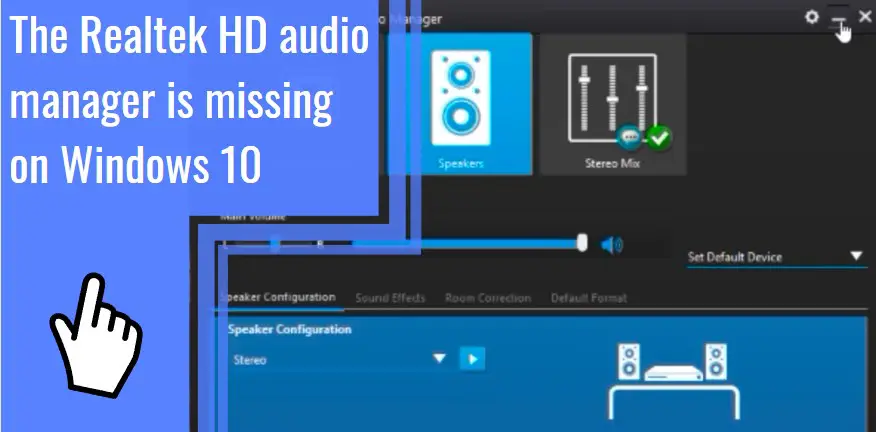What you find on this page:
Is your thermostat not holding temperature? There are many potential reasons for your house not reaching set temperatures, so this guide will walk you through the most likely causes and solutions.
House Is Hotter Than the Thermostat Setting
When you have a house hotter than thermostat settings, it usually means there’s a problem with the thermostat itself, with the air conditioner, or with the overall environment. Here’s how these are different from each other.
If the room temperature doesn’t match the thermostat setting and the thermostat itself is wrong, it means your air conditioner is getting bad instructions. We’ll discuss solutions to this below, but for now, the important thing is to know that the problem can be a user error (like bad settings) or hardware error (like bad connections).
If the air conditioner isn’t working correctly, it will cool air less efficiently than it should. In some cases, the air conditioner will keep blowing air but stop cooling it entirely, ensuring you’ll have a thermostat not reaching the set temperature. The best fix for this is calling a professional repair service.
Testing this is relatively easy. If your air conditioner sounds like it’s running but you don’t feel any cold air coming from the vents, you probably have an issue with the air conditioner itself.
Finally, the environment itself could be a factor. Most air conditioners can only cool a house by about 20 degrees. If it’s 100 degrees outside and your thermostat is at 70, you’ll see your thermostat reading higher than the setting because the system literally cannot cool things down that far. Naturally, this problem is more common in hot areas.
You can improve a system’s efficiency by adjusting your insulation and stopping heat from getting in. Upgrading your air conditioner doesn’t help with this issue because even the best air conditioners have a limit on how much they can cool.
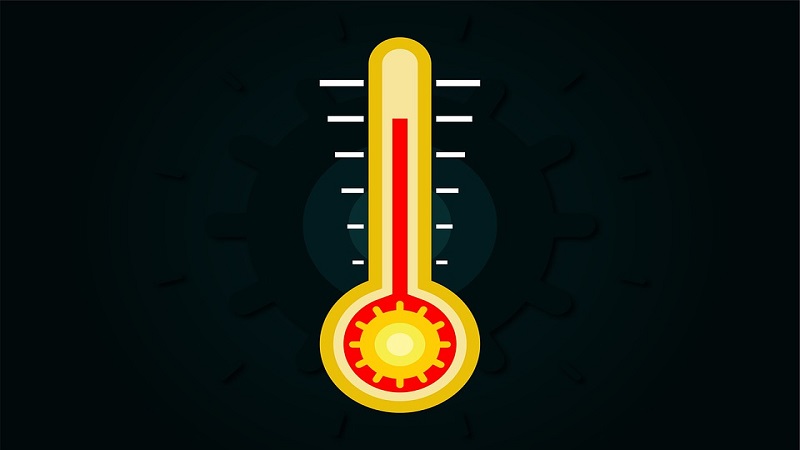
Place the Thermostat in a Different Location
Placing the thermostat in a different location in your house can help improve it. Household thermostats have components that let them measure the temperature in their location. If your thermostat is in an area that’s normally hotter or colder than the rest of the house, it will think your whole house is that temperature.
The best location for a thermostat is in an area away from sunlight, windows, and vents. Placing a thermostat correctly will get the most accurate readings. Remember, houses naturally have areas that are warmer or colder than usual.
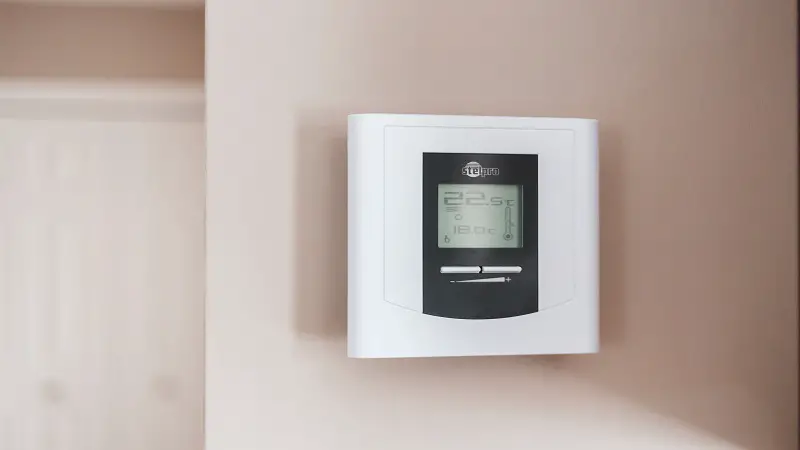
House Is Colder Than Thermostat Setting
If your thermostat reads higher than actual temperature measurements, the issue probably isn’t the thermostat itself or your heating and air conditioning unit. It could be, but air conditioners don’t unexpectedly cool far better than usual, and thermostats themselves rarely break this way.
The most likely reason for this problem is that you’re leaking heat somewhere and that’s disrupting the performance of your air conditioner. This applies for the same reason that you can’t run a car’s air conditioner while all the windows are open and expect it to work.
To fix this problem, look around for areas where heat might be escaping. This can be anything from an open window to a gap under a door. The larger the hole, the faster you’ll lose heat if it’s cold outside.
Most heating systems are highly effective as long as you have good insulation in your home. It may take a little while to reach a comfortable temperature, but as long as you’re not losing heat faster than you can gain it, most household heating systems can get you to a comfortable temperature unless the weather is so bad your power goes out.
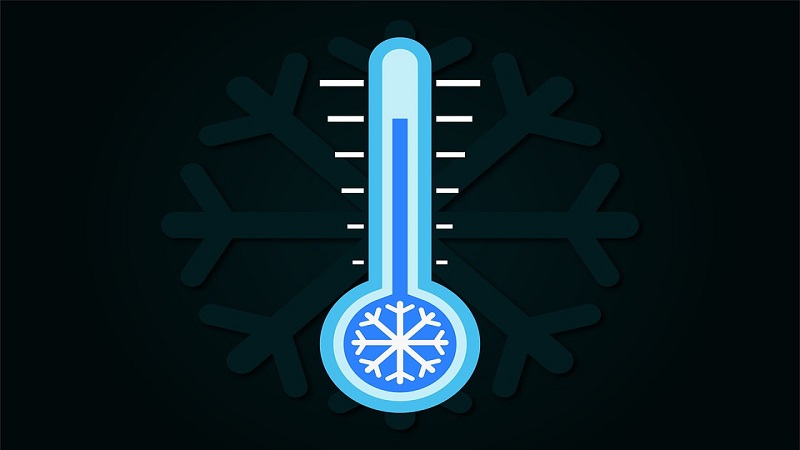
The Walls Are Cold
If your thermostat drops below-set temperature guidelines, a common problem is that the walls themselves are cold. This happens in poorly insulated homes during the winter, even in households that have a heater as part of the air conditioning system.
Walls are one of the biggest places where heat transfer can occur. If you put your hand on a wall and it feels noticeably colder than the room, you probably have an insulation issue. The only real way of solving this is by adding more insulation.
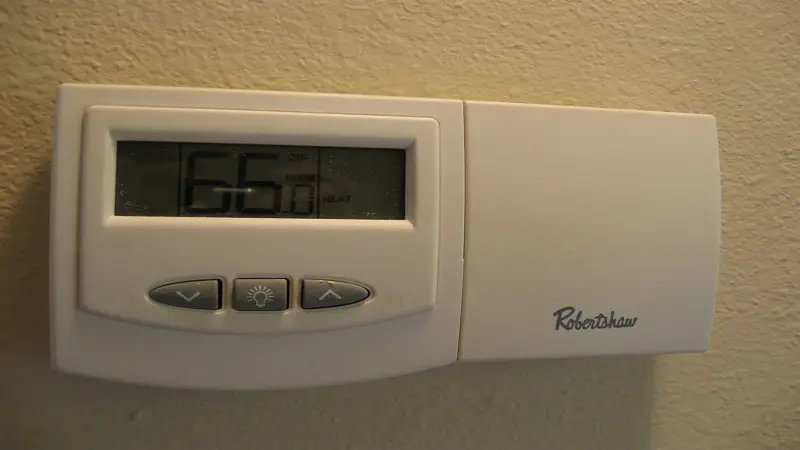
Other Causes that Can Have the Thermostat Temperature Incorrect
Many other things can result in a room temperature being different than thermostat settings. If you get a thermostat temp wrong, here are some other things you can try to fix the issue.
Refresh the Thermostat
Refreshing the thermostat is as simple as turning it off, waiting for a few minutes, and turning it on again. Thermostats usually stay on for years and can accumulate errors in that time. Refreshing the system by turning it off and on again can clear these errors and reset it so it starts running correctly.
This is a fast and easy fix when it works, so it’s the first thing to try if you have a thermostat not reading the correct temperature settings in your house. Also, consider installing a non-electric thermometer close to your thermostat. This gives you an additional point of reference to see if your thermostat is reading things incorrectly.
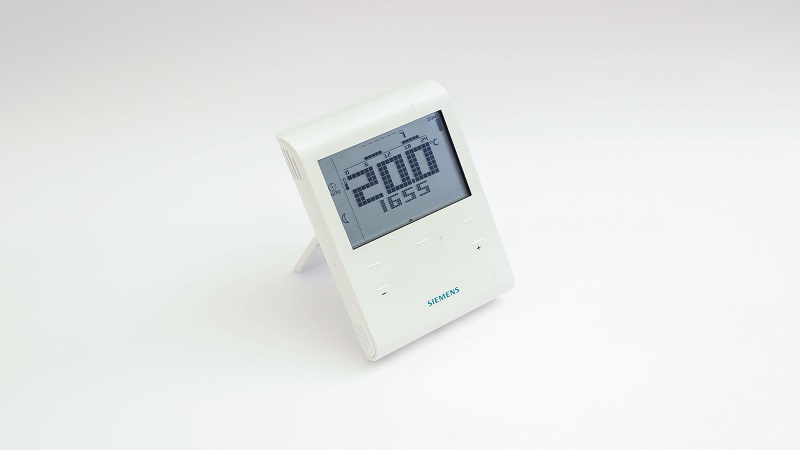
Check If Your Thermostat Is Clean
If refreshing doesn’t work, check to see whether your thermostat is clean. Smoke, smudges, and other sources of dirt and debris can settle on a thermostat over time. These can functionally insulate your thermostat and make it think things are hotter or colder than they are.
Thermostats have their own cleaning procedures, but make sure you use the right tools and chemicals to ensure you can avoid damage. If you’re not sure what to use, check the instruction manual first. If that fails, contact the manufacturer. Look up solutions on the internet last, as those may not be suitable for your thermostat.
If you can’t clean the thermostat, you may need to replace it.
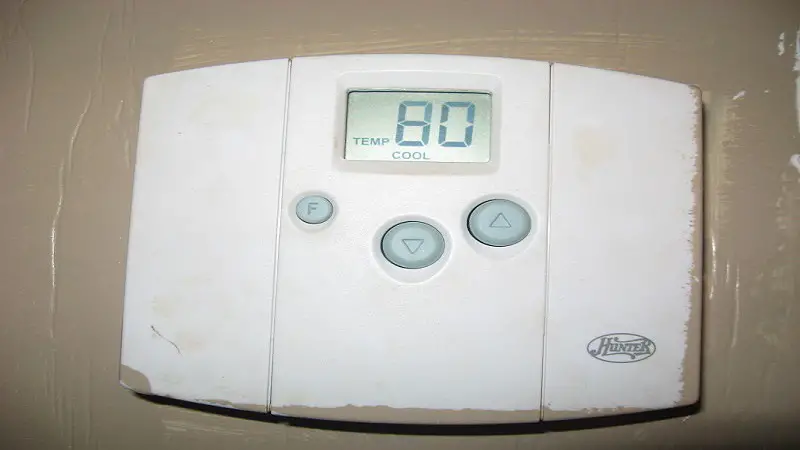
Recalibrate the Thermostat
Recalibrating a thermostat is not the same thing as refreshing it. Depending on the model, calibration is possible by either rotating a screw or changing the settings in the thermostat’s menu.
Consider doing this once a year, whether you think it’s correct or not. This will help you ensure your thermostat stays calibrated and provides the right temperature for your home.
Calibrating temperatures requires having a reliable source for input, which is where the manual thermometer discussed above comes into play. Make sure to leave the manual thermometer in the same area as your thermostat for at least 15 minutes. This gives it enough time to adjust to the local temperature and show whether your thermostat is correct or not.
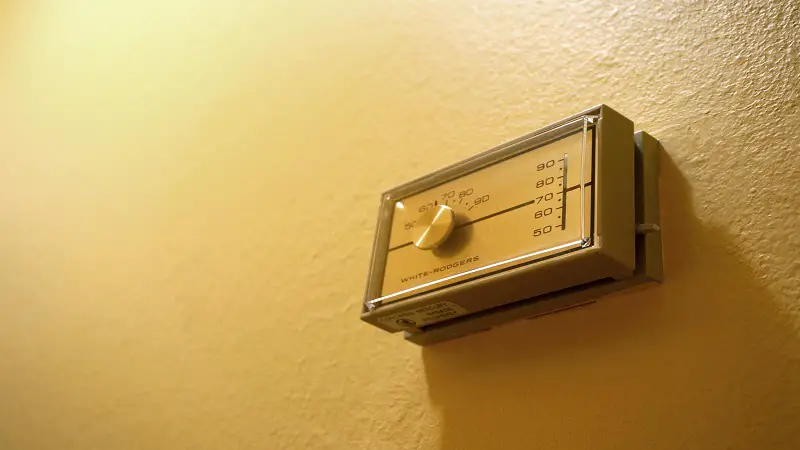
Check the Thermostat Wiring
If you’re still experiencing problems, the issue may be with your thermostat’s wiring. Old or worn-out connections can transmit faulty information and result in a thermostat not changing temperature as it should.
If your thermostat won’t change the temperature at all and the problem isn’t with the air conditioner, wiring issues are a major suspect.
While the details vary and you should check your manual, many thermostats have five wire connections. The air conditioner and the heater have one wire going to and from each of them, while the fifth wire goes to the fan. This setup allows a thermostat to send and receive information from the systems.
Checking electrical wiring can be dangerous. If you’re not sure how to do this safely, call a professional. Experts can quickly assess whether the wiring is an issue. If it is, they can repair it and let you keep using your existing thermostat. Otherwise, they can provide a new thermostat that should last you for many years.

Thermostat Not Hanging Vertically
If your room temperature doesn’t match the thermostat setting, the problem could be that your thermostat isn’t hanging vertically. This is a relatively rare problem, but some people install thermostats at an angle by accident or because there’s nowhere else to put it.
Thermostats should always hang vertically because this helps their coils and systems function correctly. If they’re tilted, it may take more energy to move certain parts, resulting in faulty readings. Make sure your thermostat is straight and adjust it if needed.
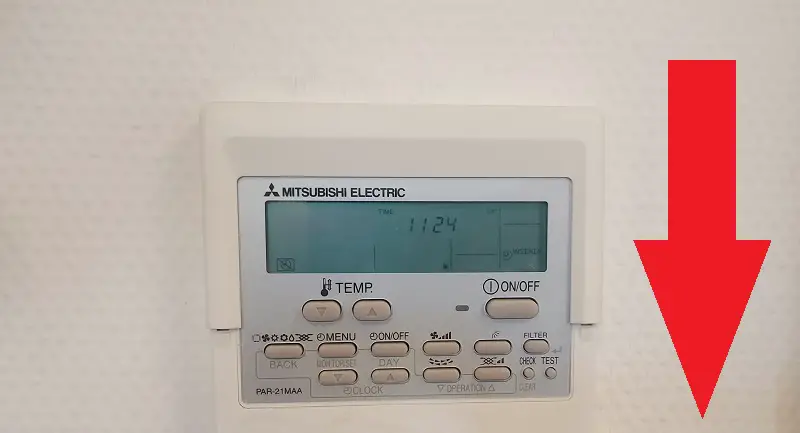
Check the Power Sources of the Thermostat
Finally, check the power sources of the thermostat. Corrosion on battery connections or issues with a power line can cause problems with sensors and thermostat performance. Problems like this are usually easy to see because the thermostat will turn off, flicker, or present alerts that the battery is low.
You can clean battery connections by dipping a cotton swab in a little vinegar and gently scrubbing the area. If you see too much corrosion, it’s probably time to replace the thermostat.
Conclusion
The possibilities above are the most common culprit when your room temperature doesn’t match the thermostat setting. Fixing the issue may require a little testing, but once you know the reason for the problem, most solutions are straightforward.
Don’t forget to keep things up-to-date by replacing thermostats once they reach the end of their lifespan and upgrading heating and cooling systems as necessary. Regular maintenance can help prevent problems and ensure your systems keep functioning as they should.
When thermostats get old they tend to give the readings wrong. This could lead to several other problems when your ac or central heating system is connected to the thermostat. Luckily there are lots of ways to solve it. Here you’ll find all the working solutions.
Your thermostat might not be working because of a hard error. You can easily solve this by refreshing the thermostat. Here you’ll find more tips and other solutions for a faulty thermostat.





